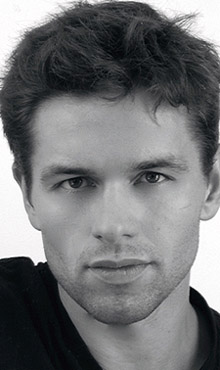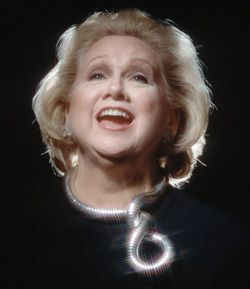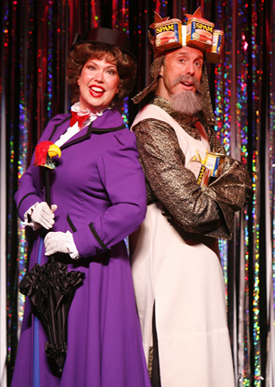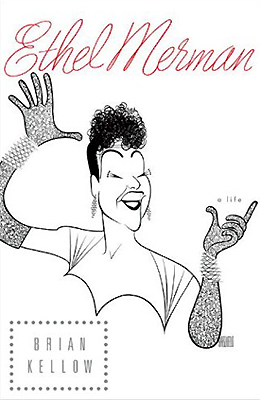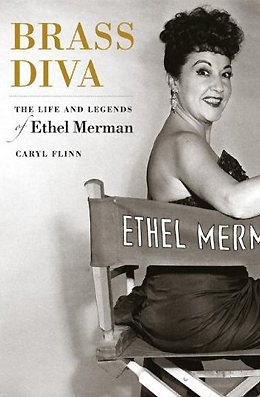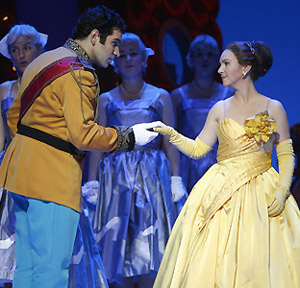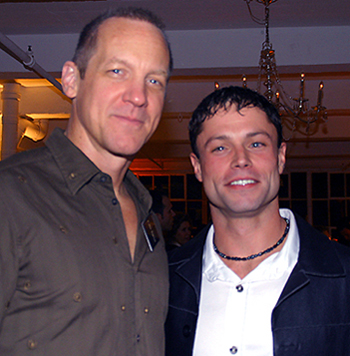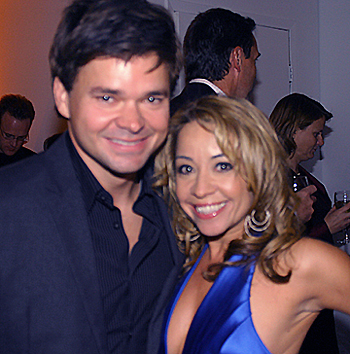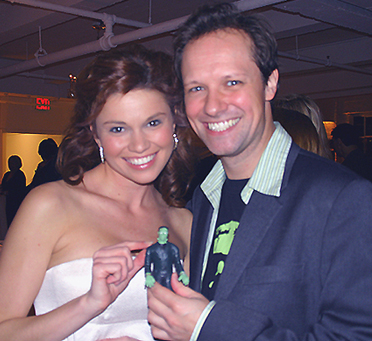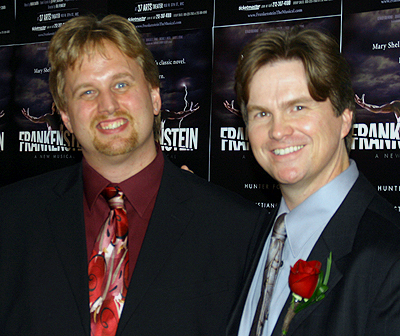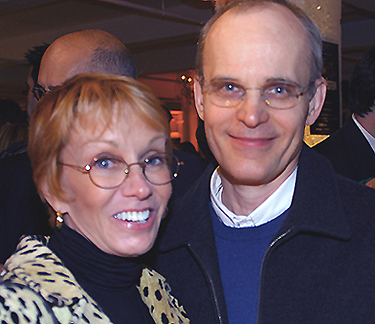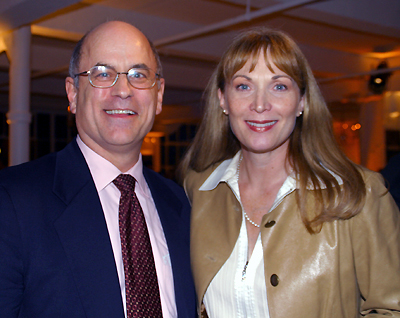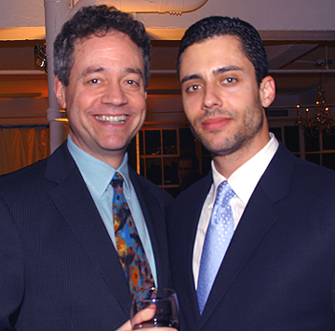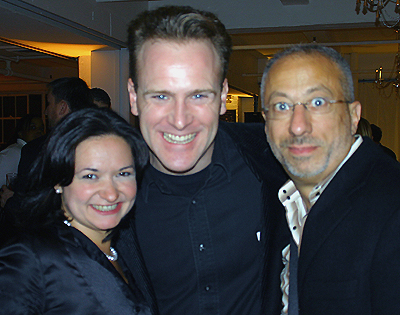
BOB OF LA MANCHA
Robert Cuccioli's résumé is overflowing with major credits, but he's best known for playing the title role(s) in the Frank Wildhorn musical Jekyll & Hyde. Had things gone as planned, he'd be back on Broadway right now in Lone Star Love; unfortunately, that show closed out of town in September, reportedly due to trouble caused by the wife of star Randy Quaid. Not one to sulk, Cuccioli bounced right back and is now starring in the classic Mitch Leigh-Joe Darion-Dale Wasserman musical Man of La Mancha, set to run November 29-December 16 at the White Plains Performing Arts Center. I spoke with him just a few days before the opening.
********************
BROADWAYSTARS: Cervantes/Don Quixote is a plum role. Have you ever played it before?
ROBERT CUCCIOLI: No. It's something I've always wanted to do, and I'm very excited about it. I just wish we had a longer run, so I could really have a chance to sink my teeth into it. I think it's one of those things that's going to grow with each performance.
STARS: I'm sure one of the attractions of the show is that, as in Jekyll & Hyde, you get to play two characters.
RC: Three, actually. Everyone forgets Alonso Quijana. Switching back and forth between the roles is something I have to keep straight in my head. For the first three weeks of rehearsal, I didn't use any makeup or facial hair for Quixote; then, just the other day, I started working with all of that. The character really grew for me, and the cast could see it as well.
STARS: There's general agreement that the film version of La Mancha is abysmal.
RC: I've never seen the movie. What I did see was the 1950s teleplay I, Don Quixote, with Lee J. Cobb as Cervantes/Quixote, Eli Wallach as Sancho, and Colleen Dewhurst as Aldonza. It was written by Dale Wasserman, and it was the basis for the musical. It's really the same script.
STARS: You've played so many great roles. Which ones are your favorites and which were the biggest challenges?
RC: Quite a lot of favorites, and quite a lot of challenges. I think they go hand in hand. Musical-wise, certainly Jekyll & Hyde, Javert in Les Miz, and the Phantom, which I did at the Westchester Premiere Theatre. As for drama, I played Macbeth, which is something I'd definitely like to do again; I think I barely scratched the surface on that guy. Playing Antony in Antony and Cleopatra was also exciting.
STARS: I saw you as the Captain in The Sound of Music at Paper Mill and, when I spoke with you afterwards, you agreed with me that the role is more difficult than it seems.
RC: The characters that have so little on the page are the most challenging. It's hard to make something out of a role that's under-written, like Nicky Arnstein in Funny Girl. That's another very difficult part.
STARS: You gained a lot of fans through Jekyll & Hyde. Are they loyal?
RC: Yeah, definitely. That show struck a chord in many, many people. Young kids and people from other countries write me, and they're constantly talking about it.
STARS: I guess I probably shouldn't bring up David Hasselhoff.
RC: Well, I don't know what to say about him!
STARS: Here's another touchy subject: Lone Star Love. I've heard from two reliable sources that what was reported in the press was just the tip of the iceberg.
RC: Absolutely. Your jaw would drop if you heard all the stories. It was pretty amazing.
STARS: Aside from all that nonsense, how did you feel the show was going?
RC: We had a good show, and good ideas on how to make it better. Unfortunately, we never had a chance to implement them. As it stood, people walked out of the theater having had a really enjoyable time, and I think it would have just gotten better. Who knows; the phoenix may rise again.
STARS: There must be a tremendous amount of competition for the leading roles in Broadway musical revivals. I imagine you're grateful to be able to play so many of those parts outside of New York.
RC: Yes. It's always nice not to have the external pressures that are involved with a Broadway show. Doing a show in a place like White Plains has got a different energy about it, and you can focus more on the work, yet you're still pretty close to the city.
STARS: How are the production values for La Mancha?
RC: Quite good. We have an exceptional set designer and costume designer, a beautiful lighting plot, and the cast is Broadway-caliber. I think it's going to be a top-notch production. I can't wait to do it.
[For more information on Man of La Mancha at the White Plains Performing Arts Center, click here]
